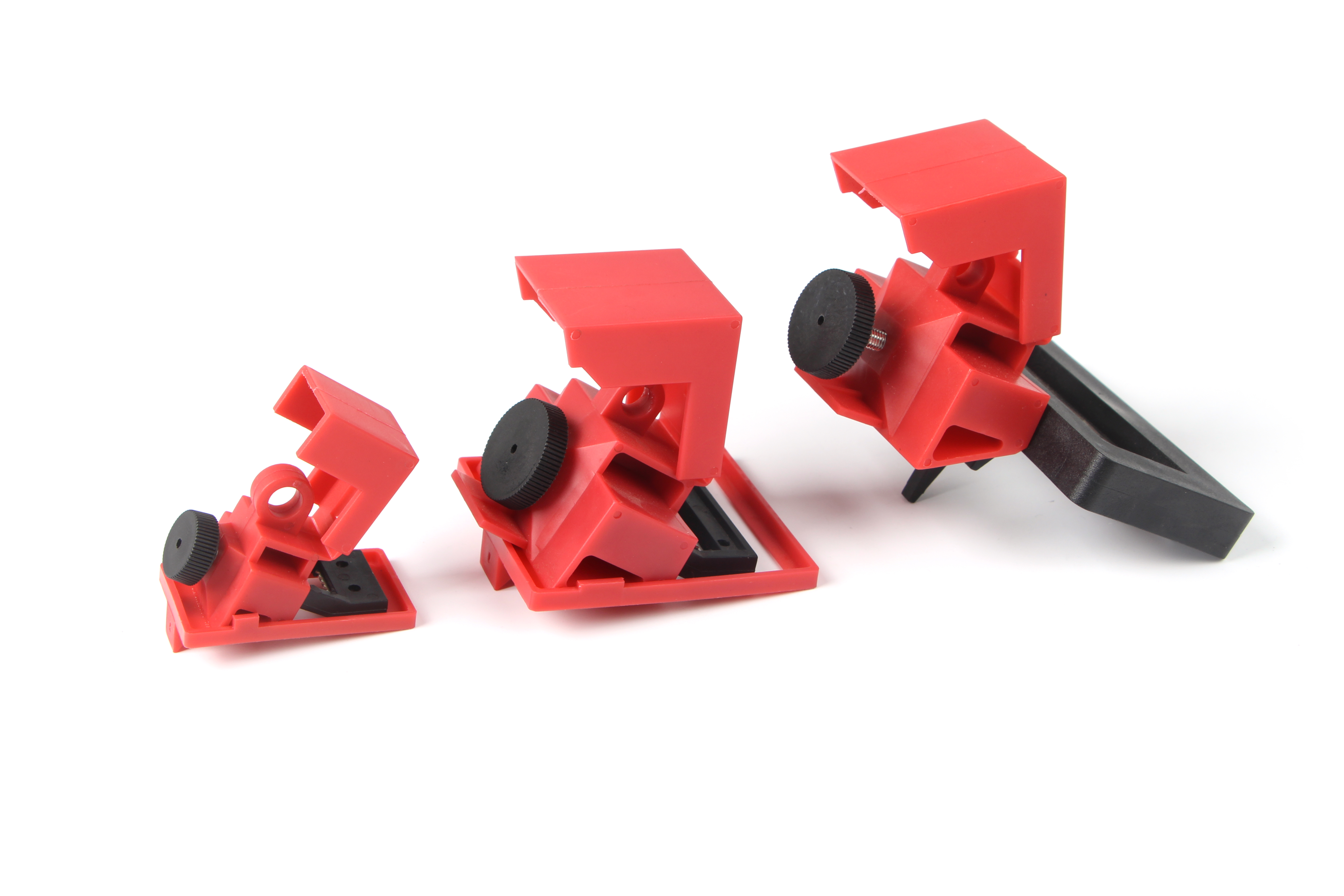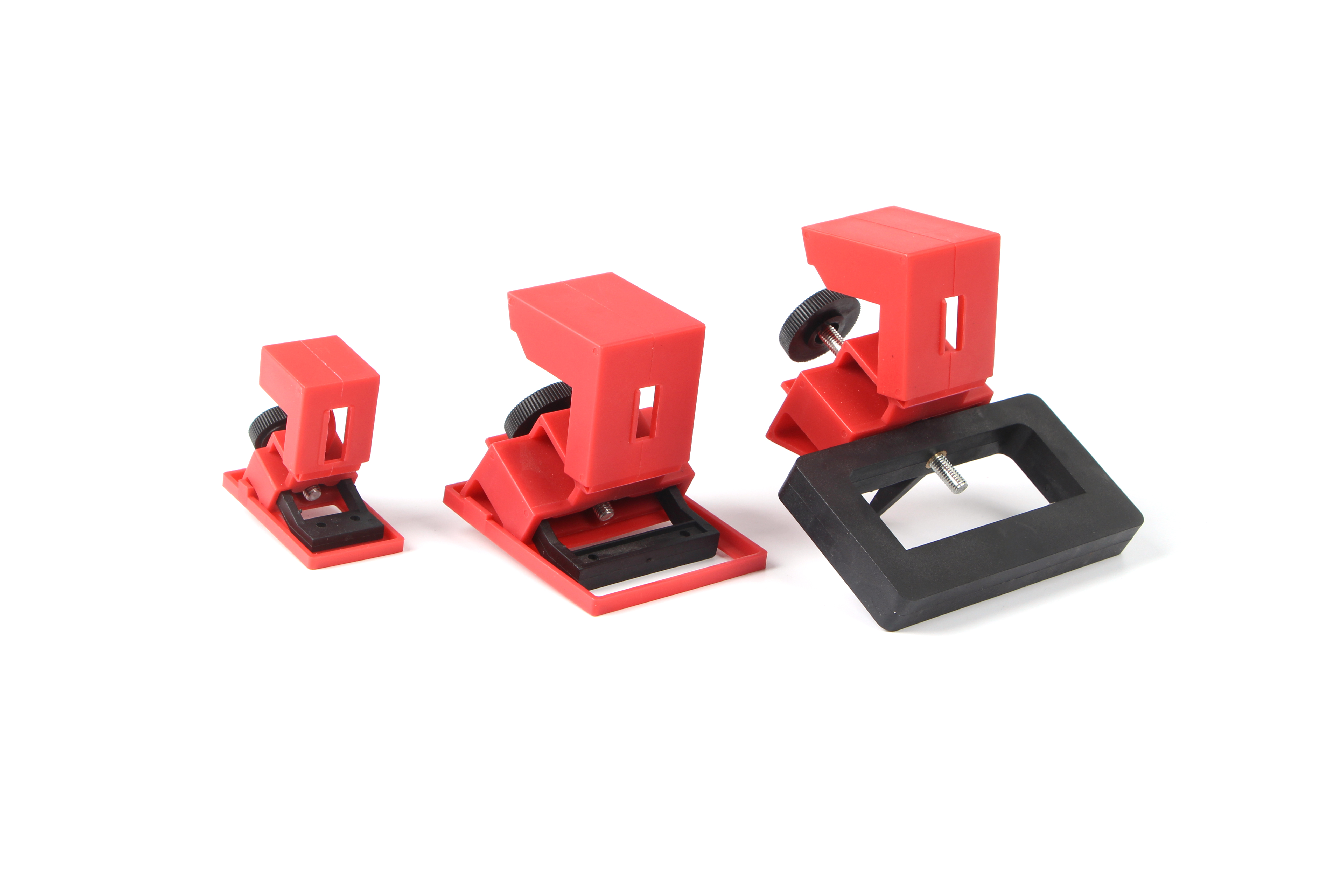Nowadays, many farmers like to use herbicides. However, if the herbicides are used improperly, it will cause phytotoxicity. Then, how can cotton fields prevent herbicides from harming them? Linyi Fertilizer Network Copyright
According to the problem of the use of herbicides by some contractors in our company during the cotton planting process this year, we summed up some experiences and exchanged ideas. Linyi Fertilizer Network Copyright
I. Symptoms of herbicide phytotoxicity The phytotoxicity in the process of planting cotton mainly occurs when the amount of the drug is too large when the seal is closed and the herbicide is used for weeding during the growth of the cotton. Linyi Fertilizer Network Copyright
1. The seeds are not germinated by the phytotoxicity. Even if the germination is not unearthed, the stem base or the hypocotyl is enlarged, and the cotyledons are already spread in the soil and cannot be emerged. Linyi Fertilizer Network Copyright
2. The cotton plants are damaged by the leaves and the tip of the cotton, the midrib is shortened, and the tip of the leaf is concave. Some manifestations are that the leaves have necrotic spots, and the severe whole leaves are dry and fall off. Some plants are inhibited from growing. The more serious whole plant died. Linyi Fertilizer Network Copyright
Second, the main cause of herbicide phytotoxicity 1. Misuse of "misuse of herbicides" occurs in production, the use of herbicides as insecticides, or the use of herbicides is wrong. Linyi Fertilizer Network Copyright
2, herbicide quality problems such as the preparation of other active ingredients in the preparation or poor processing quality, and sometimes cause phytotoxicity. Linyi Fertilizer Network Copyright
3, the use of technology is not in production, a lot of phytotoxicity is caused by improper use of technology. Improper use, excessive doses, or uneven application may cause crop damage. When spraying, re-spraying can also cause crop damage. Linyi Fertilizer Network Copyright
4. The spray device should not be cleaned. Sprays that have been sprayed with herbicides or those that contain herbicides should be cleaned. For example, sprayers that have used 2,4-D butter or other high-efficiency herbicides, if not cleaned or I forgot to clean and use it again, which may cause cotton damage. Therefore, the sprayer that sprays 2,4-D butyl herbicide is best used. Even if you wash it two or three times, it will cause cotton damage if you use a small amount of residue. Linyi Fertilizer Network Copyright
5, after the use of herbicides in anomalous climate, encountering an abnormal climate such as sudden cooling, may cause the newly planted cotton seeds to be phytotoxic. Linyi Fertilizer Network Copyright
Third, the prevention of phytotoxicity of herbicides on cotton phytotoxicity is mostly caused by improper use, in order to prevent phytotoxicity, should pay attention to the following aspects: Linyi Fertilizer Network
1. The herbicide that has not been used must be tested before applying a large area of ​​herbicide. It must be tested first. Even if the drug has been used in a large area elsewhere, it is necessary to adhere to the principle of trial and use. Because the efficacy and safety of herbicides are affected by many factors, they are safe to apply elsewhere and not safe in another. Linyi Fertilizer Network Copyright
2. Choose a safe herbicide product. Do not use the herbicide as an insecticide or fungicide. In particular, non-selective herbicides such as paraquat and 2,4-D-butyl butyl are used as long as they are green plants. They are often used as insecticides when they are used to fight drugs, causing phytotoxicity. Linyi Fertilizer Network Copyright
3, the application dose must be used according to the use of the indicated dosage, do not arbitrarily increase the dose to avoid the occurrence of phytotoxicity. For example, the higher temperature and higher humidity under the film cotton film is beneficial to the efficacy of the herbicide. When the herbicide is used to seal it with a herbicide such as chlorpyrifos or diuron, the amount should be lower than the description. Cotton seeds are tainted and can also achieve the purpose of weeding. Linyi Fertilizer Network Copyright
4. Cleaning the sprayer The sprayer that has used the herbicide is not washed or washed, and spraying other pesticides may cause phytotoxicity, and it often occurs. Sprayers that have used herbicides must be washed repeatedly with washing powder or alkaline water for storage and to form a habit. Linyi Fertilizer Network Copyright
In addition, pay attention to the impact of the environment and climate. Linyi Fertilizer Network Copyright
Fourth, the effective use of herbicides can only achieve the purpose of weeding and increase cotton production if it is used rationally. It should start from five aspects: Linyi Fertilizer Network Co., Ltd.
1. In the case of the purchase and use of herbicides, the right medicine should first be based on the type of cotton grass. It is a weed of grasses and a herbicide for grasses. For weeds that are dicotyledonous, weedicides for broadleaf weeds are used. At the same time, it is also necessary to consider whether it causes phytotoxicity to cotton. For example, 2,4-D butyl butter is safe for cereal crops, and has a great killing effect on cotton and other broad-leaved crops. At very low doses, it can cause cotton to take medicine. harm. Linyi Fertilizer Network Copyright
2, choose the right time to spray herbicides In addition to the choice of a good herbicide, but also spray herbicides in a timely manner. Timely application of herbicides to stems and leaves is particularly important, as most stem and leaf treatment herbicides are only effective against weed seedlings at the recommended dosage. In general, seedlings are more sensitive than large seedlings, and most stem and leaf treatment herbicides are Weeds can be used in the 2-5 leaf stage to achieve the desired weeding effect. The use of herbicides after weeds grow up will be reduced or even ineffective. However, as a stem and leaf treatment agent, it cannot be used too early. Because the time of emergence of weeds is inconsistent, some come early and some go late. Stem and leaf treatment herbicides can only kill weeds that have emerged, and are ineffective against unearthed weeds. If used too early, killing weeds that have emerged early, the weeds that emerge after emergence will still cause harm. The best use time for stem and leaf treatment herbicides should be small weeds, but most weeds have emerged. At this time, the herbicide is best used for weeding. Linyi Fertilizer Network Copyright
3. The sensitivity of different weed species to herbicides is quite different. The sensitivity of the same weeds to herbicides in different growth stages is also different. When using herbicides, the dosage should be determined according to the type and growth period of the weeds. Linyi Fertilizer Network Copyright
4. The selectivity of uniform spraying herbicides between weeds and cotton is limited. The weeding effect of the land that leaks or sprays less is not good, and the land that is heavily sprayed or sprayed may cause phytotoxicity. For example, herbicides, paraquat and other contact herbicides must be sprayed evenly when spraying, so that the drops evenly cover the whole weeds. Linyi Fertilizer Network Copyright
5. When choosing the appropriate method of using paraquat or glyphosate in the middle of cotton, the spray head must be equipped with a protective cover and the nozzle should be lowered to prevent the liquid from contaminating the cotton buds or leaves. Linyi Fertilizer Network Copyright
6. Reasonable rotation of drugs The long-term use of a single herbicide will cause weeds to develop resistance, which will reduce the herbicidal effect. In addition, the long-term use of a single herbicide will also increase the population of microorganisms that degrade the herbicide in the soil, accelerate the degradation of the herbicide, and shorten the efficacy period. Long-term use of a herbicide also changes the structure of the weed community, ie changes in weed species. If we use a herbicide and find that the herbicide effect is reduced, we should consider switching to another herbicide. Linyi Fertilizer Network Copyright
Total 1 | <First <Prev 1 Next> Last> |
share to:
Circuit Breaker Lockout conveniently ensures lockout and electrical safety. Our electrical circuit Breaker Lockout will isolate and secure just about any circuit breaker switch source. clamp-on options are available and will cover most breakers. Oversized clamp-on and universal multi-pole devices are also available.
Clamp-on breaker lockout with patented thumbscrew design, allowing for easy installation, with no need for screwdrivers. Personnel can simply tighten lockout onto switch tongue, then secure the clamp by pulling the cover over thumbscrew and lock cover.


Clamp On Circuit Breaker Lockouts
Breaker Lock Out,Oversized Breaker Lockout,Circuit Breaker Lock,Lockable Circuit Breaker
Lockey Safety Products Co., Ltd. , https://www.lotolockey.com

